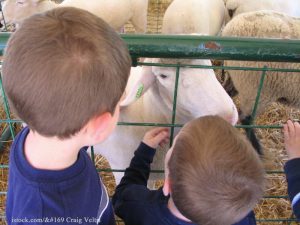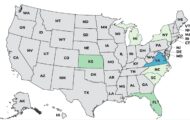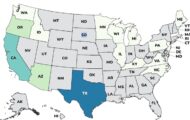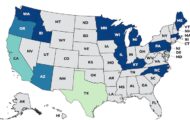The E. coli bacteria that sickened two Maine children after visiting the Oxford County fair have the same genetic fingerprint, according to the Maine Center for Disease Control. One of those little boys died last week. The strain is E. coli O111, one of the Shiga toxin-producing bacteria found in ruminant animals.
 The second child is recuperating from hemolytic uremic syndrome (HUS) and is undergoing dialysis and blood transfusions. Both children were at the petting barn at the fair in September 2015. Noted food safety attorney Fred Pritzker said, “no child should get so sick and die just because they attended a fair with their families.”
The second child is recuperating from hemolytic uremic syndrome (HUS) and is undergoing dialysis and blood transfusions. Both children were at the petting barn at the fair in September 2015. Noted food safety attorney Fred Pritzker said, “no child should get so sick and die just because they attended a fair with their families.”
State Epidemiologist Dr. Siri Bennett said at a press conference, “The strain and the molecular typing from each patient is identical, making it highly likely that the cases acquired the illness from the same source.” She added that the children “could have been exposed to unpasteurized milk, contaminated lettuce or vegetables, or undercooked meat.”
Environmental testing was conducted by public health officials at the fair. Samples were taken from the bedding of the petting barn, the main barn, livestock areas and animal pens as well. Those results are expected in a few days. The Maine CDC has not returned any of our requests for information about this outbreak.
A news report over the weekend disclosed that hand sanitizers placed at the exits of the petting barn were empty. The father of Colton Guay, the little boy who died, said he used sanitizer he brought to the fair to clean his child’s hands.
E. coli infections can be very serious illnesses, especially for children under the age of five. These bacteria live in the gut of ruminant animals such as cows, sheep, and goats. Those animals do not get sick because they don’t have the gene that lets the bacteria cause illness. E. coli is shed in the feces, and can usually be found in bedding, the environment around these animals, and on their hides.
Petting zoos are especially likely to be the source of these outbreaks, since small children love little animals and often put their hands in their mouths after touching animals. And it only takes 10 E. coli bacteria to make you sick.
Last year an E. coli outbreak in Minnesota was linked to Zerebko Zoo Tran, a traveling petting zoo that visited several county fairs in that state. Seven people were hospitalized in that outbreak, and two developed hemolytic uremic syndrome, a sometimes deadly complication of this infection.
An E. coli outbreak at the Cleveland County Fair in North Carolina sickened more than 100 people in 2012. That outbreak was linked to the petting zoo at that venue.
The symptoms of an E. coli infection include abdominal cramps, diarrhea that may be bloody, a mild fever, nausea, and vomiting. The symptoms usually begin three to ten days after exposure to the bacteria. The symptoms of HUS include low or no urine output, pale skin, easy bruising, skin rash, and jaundice. If your child has experienced any of these symptoms, see a doctor immediately. If an E. coli infection is treated with antibiotics, the chances of developing HUS increase, so a proper diagnosis is crucial.




